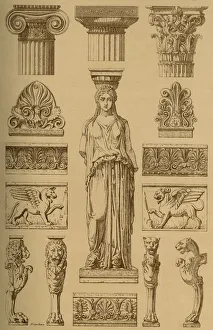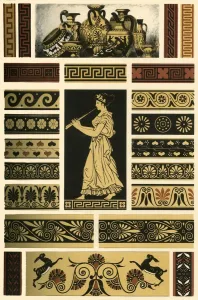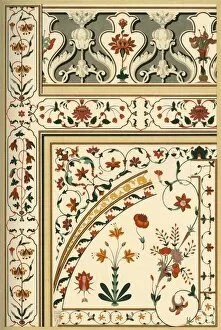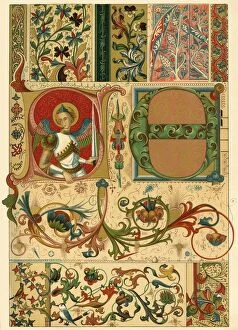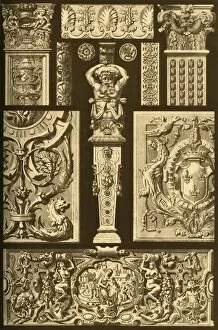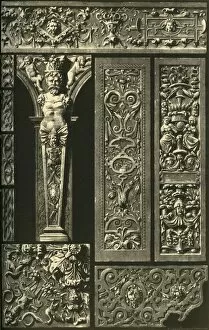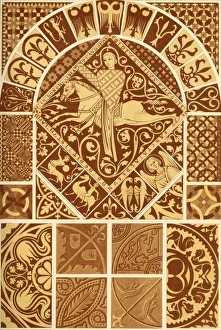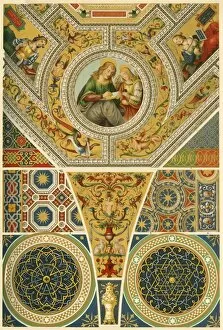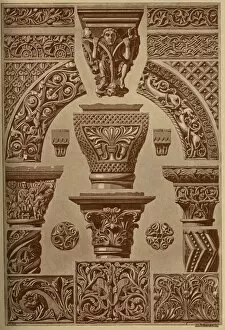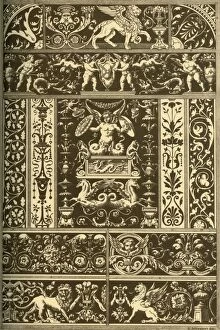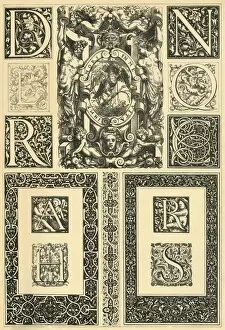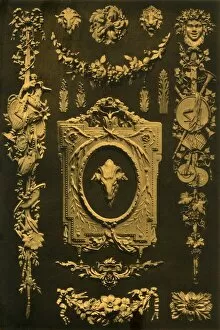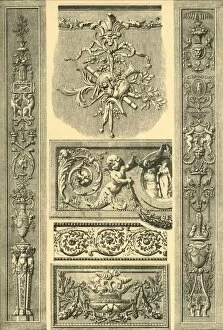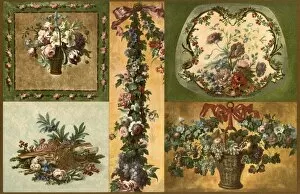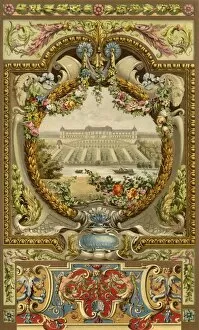B T Batsford Collection
"B T Batsford: A Glimpse into the World of Art and Craftsmanship" Step into the enchanting world of "B T Batsford, " where artistry knows no bounds
All Professionally Made to Order for Quick Shipping
"B T Batsford: A Glimpse into the World of Art and Craftsmanship" Step into the enchanting world of "B T Batsford, " where artistry knows no bounds. This collection, curated in 1898 by an unknown creator, takes us on a captivating journey through various artistic traditions spanning centuries and continents. Immerse yourself in the grandeur of German Renaissance ceiling and wall paintings, each stroke bringing to life intricate scenes that transport you back in time. Marvel at the mastery of wood mosaic and embroidery, where delicate threads weave tales of beauty and skill. Travel further back to Ancient Greece, where ornamental architecture and sculpture stand as testaments to a civilization's ingenuity. Admire the elegance captured on ancient Greek pottery, with its exquisite depictions telling stories from mythology or daily life. Venture into Germany's past as painted plasterwork from the 18th century adorns walls with vibrant colors and intricate designs. Lose yourself amidst medieval enamel and illuminated manuscripts that showcase meticulous craftsmanship alongside breathtaking illustrations. The Byzantine section reveals weaving techniques intertwined with mesmerizing embroidery—each thread whispering tales of devotion. Journey eastward to India, where marble inlays create stunning patterns that dance upon stone surfaces—a testament to Indian artisans' unparalleled precision. Egyptian motifs take center stage next; their timeless allure still captivating hearts even after millennia have passed. Explore Assyrian decoration—an ode to an empire's opulence etched onto walls for eternity. Cross over oceans to China, where painting becomes a language unto itself—a medium for expressing emotions beyond words. Witness silk-weaving from Germany during the 18th and 19th centuries—the epitome of refinement woven into every strand. Finally, marvel at metal ornaments hailing from Germany's 19th century—a fusion of creativity and functionality brought together seamlessly by skilled hands.


